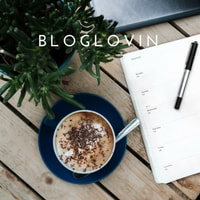Have you ever admired the beautiful color of indigo dipped textiles? Did you consider that you could create your own Shibori designs with natural indigo? Shibori Ideas Shibori Design The Indigo Vat Selecting Fabric for Shibori Advanced Shibori Techniques
4 Comments
Meet textile designer and artist, Liberty Worth! She believes that textiles are not only beautiful but that they "carry memories of adventure and lives lived." Her custom quilts weave together sentimental fabrics and personal stories to create unique textile heirlooms that celebrate and comfort. We caught up with Liberty to hear and see what she is up to these days! We are in love with your memory quilt pieces! Walk us through your process and how you begin a personalized piece: The memory quilt process is one that has come a long way since I began working with them. At first I was just making regular quilts with people's clothing - though even that is an emotional process. Gradually, as I developed my artistic voice more and more, my customers became more and more excited about incorporating artistry into the pieces that we were doing from the belongings of their loved ones. When people approach me to do a piece for them from treasured textiles, we always start with a short tour of my work, so I can hear from them which pieces I have made make them think I am the right person for this important work. Then they show me the items of clothing - we talk about which ones were most special - what they want to highlight. I take it from there and really try to tap into what I have learned about the person and the family to create a unique piece of art for them. You and Hilary both have a background in interiors. How has that influenced or been incorporated into your art practice? I love that Hilary and I both have that interiors piece. I actually really loved the Interiors industry when I worked in it - I was a textile designer for a large manufacturer. The problem that I saw in my 6 years in the industry was that everyone was talking about being environmentally friendly - and yet the sample process created more waste than I had ever seen. It was then that I began to collect some of the textile samples that I saw getting tossed out and I would use them in my own art and home. These beautiful textiles would otherwise have been going to waste and I found ways to use their beauty again. I think this was where I really fell in love with putting different textiles together - making scrappy modern "quilt-like" compositions - using disparate fabrics. I even like using the "ugly" ones. Eventually, I left that industry and spent a decade learning how to actually sew and make quilts - but I always wanted to drift back to using these interior design scraps. These days, I still have that passion, and as I have developed a reputation as being an artist that uses these materials, I have the most incredible collection of discarded fabric samples from designers here in Los Angeles who are looking for people to use them. I also really love working with interior designers still - there's a part of me that loves that entire process of ideation through to product and I love being drawn into projects where we are working as a collaborative team to get a final product. What inspires you?
Oh I love this question. Travel is nearly equal with art making for me. I am inspired by learning - I love learning about other people and other cultures. The diversity of my urban life in the city gives me constant inspiration, but I also am deeply inspired seeing nature when it's untamed, and seeing new landscapes, mountains, topographies and environments all rank really high for me. The idea of reusing things that were previously purposeless - things that were being wasted or had no future also inspire me - there's that reference to keeping samples from landfill again. Color, memory, and shape play a big role in your pieces. How has your style developed or changed? Color, memory and shape. - Over the years I have seen my artistic voice get stronger and more defined - but even looking back at paintings that I did 20 years ago, I can see the germination of what I am doing now. That was actually a fascinating discovery for me. Here I have spent 25+ years making art and reaching forward trying to find my artistic voice - and yet there were pieces of where I ended up in my sketchbook all along. I think as I have grown as an artist, where I have most changed is that I keep getting more technically sound in my work. My journey started off really free in my ideas, then I had to learn how to work technically and make work that was excellent, and then I needed to unlearn those techniques enough to bring back freedom and my voice back into my work. We've got a special collaboration with Liberty that will go live on November 9th! In the meantime, find out more about Liberty and her work via her site and on Instagram! |
HI, I'M HILARY.
This is where I share inspiration for creative well living & following your dreams. With a love to sustainable conscious creation. You will notice that I offer workshops that inspire you to LIVE a soul-inspired life and manifest your dreams. I hope to meet you at one of my retreats or inside one of my group programs. I truly believe in the power of community and connecting with visionary femme creatives like you! For weekly inspiration -find me on YouTube Categories
All
FAVORITES
Archives
September 2023
BLOG COURTESY:
All layouts on this blog are created solely for, A Day in the Life. I enjoy sharing information and love when others enjoy my ideas enough to post the links on their own sites. I simply ask that you credit photos and link back to all original posts. Any comments that are inappropriate or spam will be deleted. All other rights reserved. |

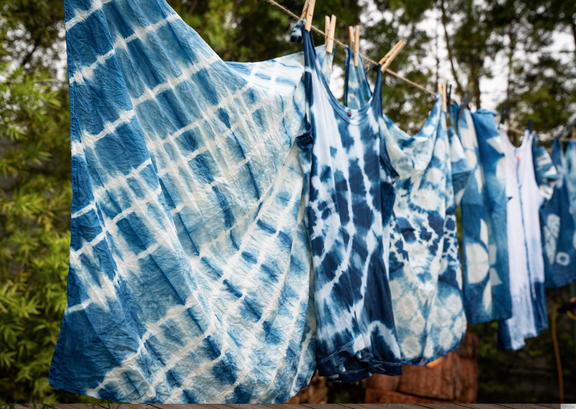
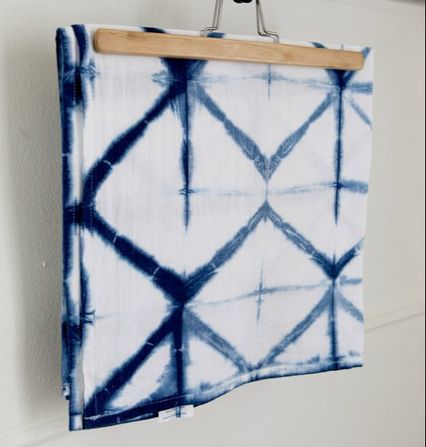
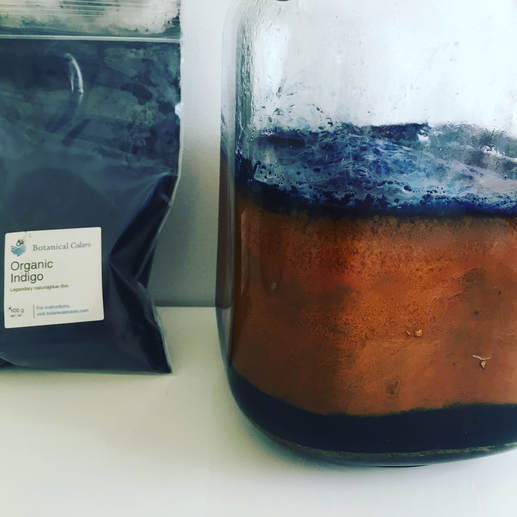
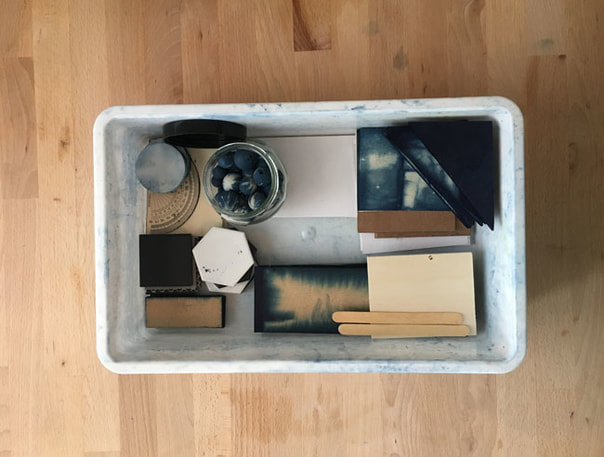
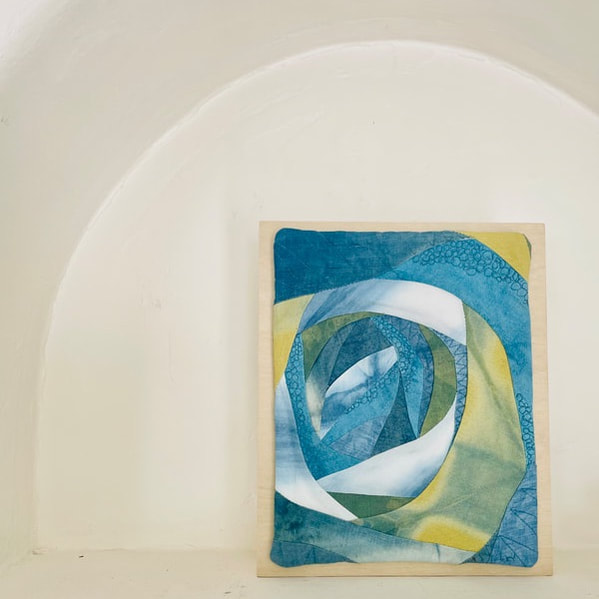
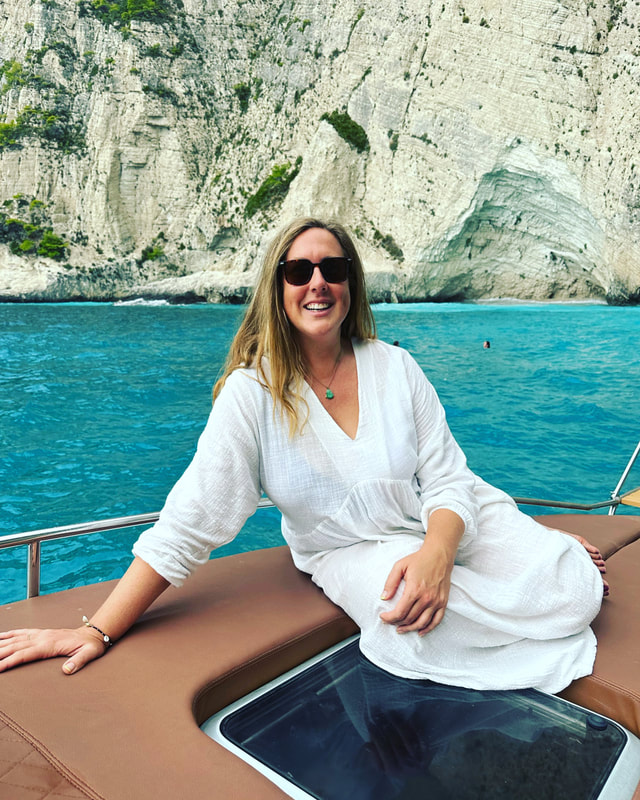

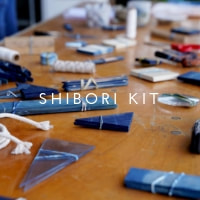
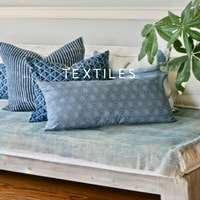
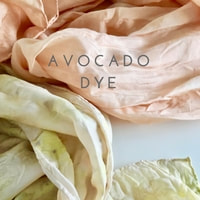

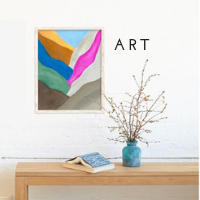

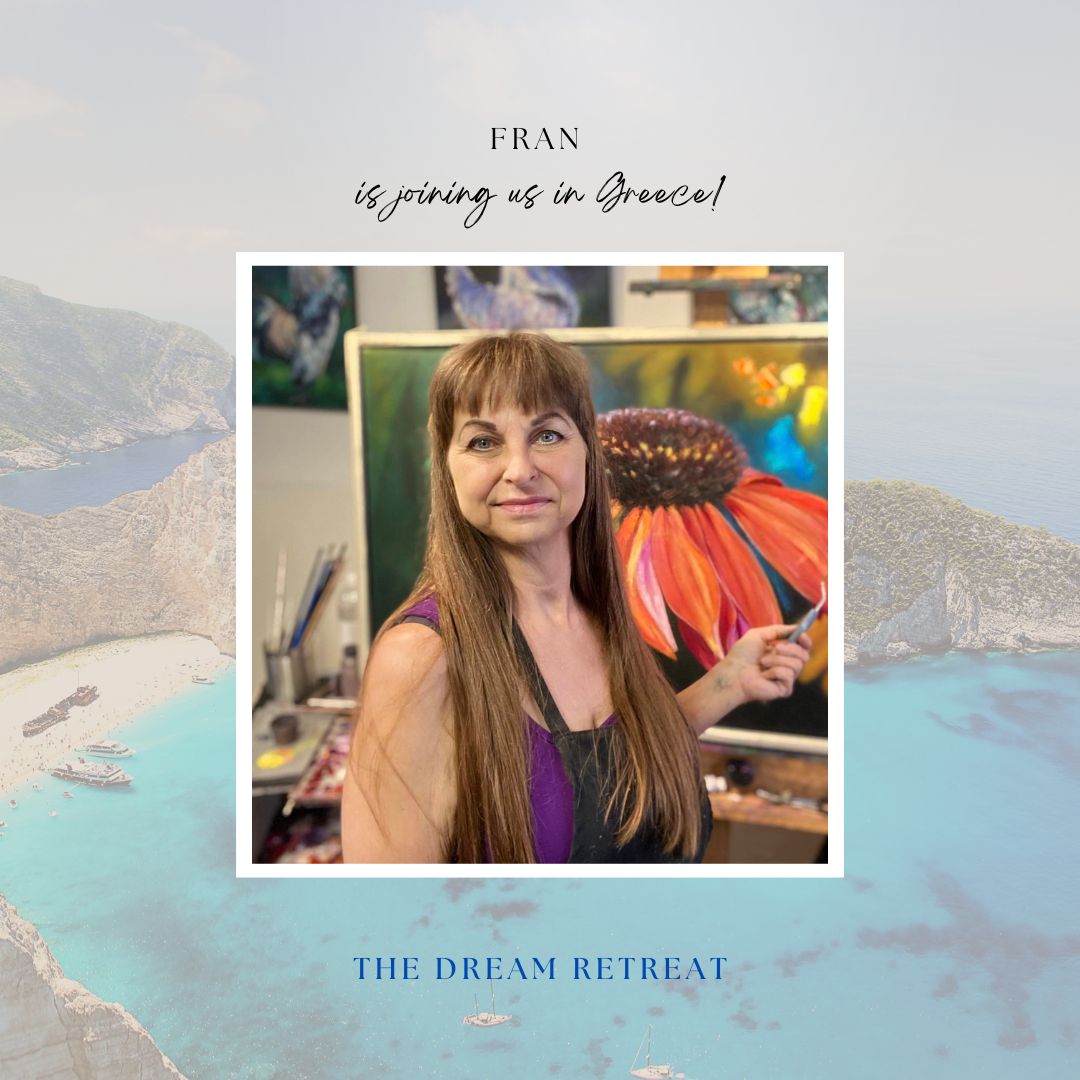
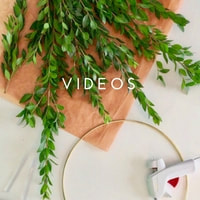

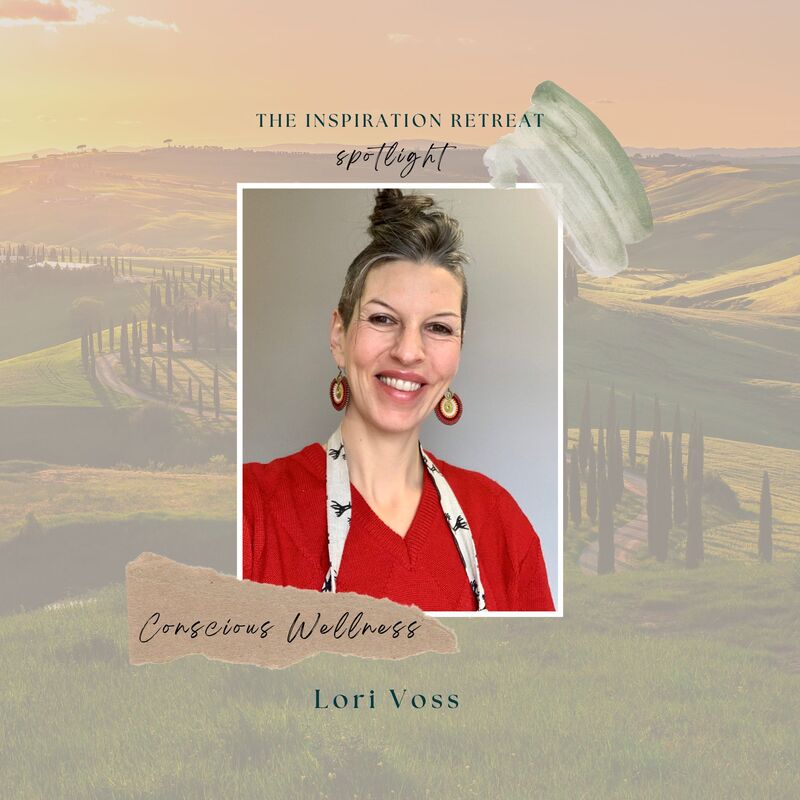

 RSS Feed
RSS Feed
